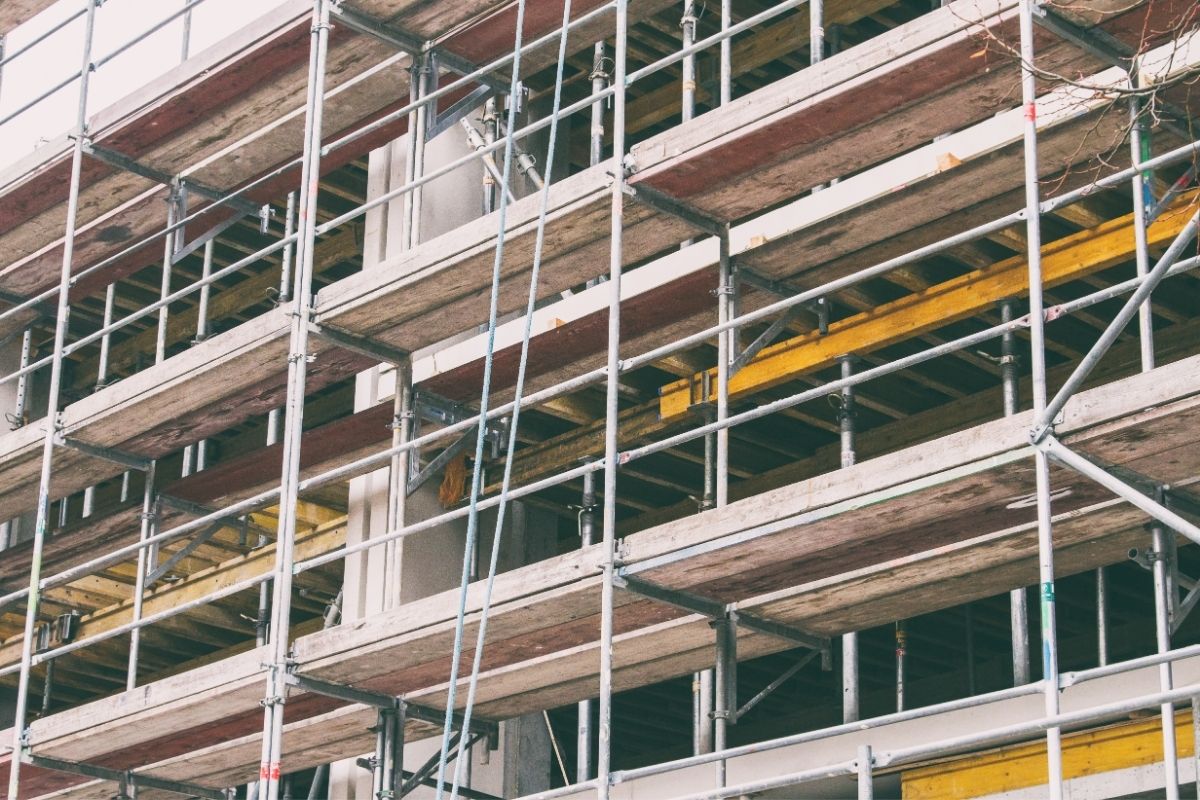New York State Labor Law 240 and 241, more commonly known as the Scaffold Law, was first passed in 1885. The Scaffold Law protects workers from gravity-related injuries while working at high elevations without the proper safety equipment. When New York passed this law, it was cutting-edge legislation. The even preceded the Occupational Safety and Health Administration (OSHA) or worker’s compensation programs.
The Scaffold Law is Controversial
The Scaffold Law is very controversial today with critics saying that the law imposes absolute liability even when the worker who is injured is at fault. They claim that the law is driving up construction costs.
As with most things, there is a lot of misinformation that is stated and repeated to win over public opinion.
The truth is somewhat complicated. The Scaffold Law does hold owners and management responsible for injuries in “gravity-related “ cases when management does not provide proper safety equipment and training.
Even with the Scaffold Law, the Injured Party Must Prove Their Case. Rulings are not Automatic as Some Would Contend.
There is an important caveat there. Many opponents of the law will say that every case that involves a fall or an injury from high elevations is automatically a case that falls under the jurisdiction of 240/241. Unless the injured worker can show that management did not provide proper safety equipment, the law may not protect the worker. The New York State Court of Appeals, the highest court in the State has confirmed that an accident alone does establish a Labor Law 240 violation. The injured party must prove that the equipment provided did not provide the proper protection.
When the Scaffold Law does come into play, the defendant is not able to use the defense of contributory negligence. With laws where contributory negligence is a defense, if the defendant is found to be 25% responsible for an accident, the injured party may only collect 25% of the damages. This is not the case with 240 and 241. Even if the employer is found to be 25% responsible, they would be 100% liable. They would have to prove that the injured party was 100% accountable for the injuries.
Construction Sites are Dangerous Places
Construction sites are hazardous places to work. Construction workers are subject to high levels of risk working with heavy machinery at high elevations. It is reasonable to expect that owners and managers are going to provide a work environment that is as safe as it can be. The Scaffold Law, as strict as it is, is designed to ensure that there are no shortcuts to safety. It lets the contractors know that the safety of the workers is paramount. If providing the protection required causes a contractor not to be able to afford to do a job, then they should question whether they should do the job. Trying to save money at the expense of the safety of workers is not acceptable.
As the courts have ruled, not every accident that involves a fall is automatically a case that brings in Labor Law 240. If 240 does come into play, then it did because it was found that safety was sacrificed deliberately. If that is the case, then the people responsible need to be held accountable.
Call the Law Offices of Marc Albert for a Free Consultation
Marc Albert works with injured construction workers so they can receive the compensation they deserve. Marc will hold owners and contractors accountable for their actions that led to an unsafe environment and, ultimately, to a severe injury. Construction Accident laws, including the Scaffold Law, are complex laws that require experience and skill. If you have been injured on a construction site, call Marc Albert for a free consultation, and he will review your case and discuss your options with you.

